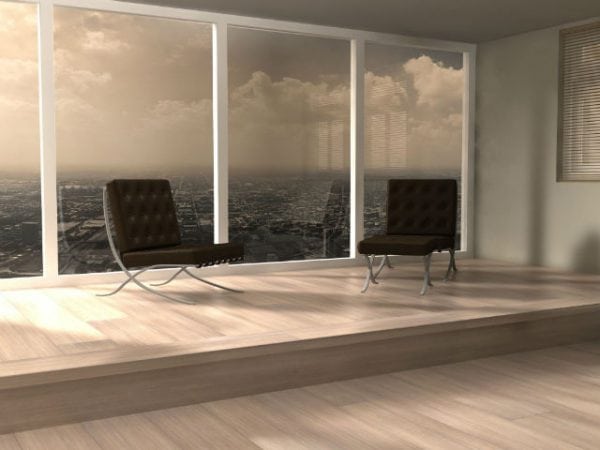A layer of high-quality paint will help to refresh the interior of any room and make it stylish. However, painting requires careful calculation and planning. First of all, you should calculate the amount of paint that you will need to work.
- Flow steps
- Room measurement
- Calculation of the area of windows and doorways
- Customization
- Calculation of the amount of paint for door frames and skirting boards
- Determination of the area of the ceiling
- Determining the total amount of paint for the entire room


The calculation of how much paint is needed can be done on a computer. To do this, there is a special program that automatically performs the calculation. It should include the type of paint composition, the parameters of the walls in meters, as well as the dimensions of windows and doors that are not painted. As a result, the program will give out the amount of paint in liters that you will need to cover the entire room. If you want to paint in two layers - the result should be doubled.
However, there are many nuances that this program does not take into account. In addition, the consumption per 1 m2, which manufacturers indicate on the label, does not always correspond to reality. The calculation is especially complicated if we are dealing with a complex surface, where there are doors, windows and various unpainted areas. Therefore, here you must use the manual method.
What do you need?
- calculator;
- pencil or pen;
- notebook;
- measuring tape or tape measure.
Flow steps
Room measurement
It is with the measurement of the room that it is best to start the calculations. To do this, record the height and width of each of the walls. Next, the total wall surface area in m2 is determined. This task will not be difficult, since usually the opposite walls are the same size.
to contents ↑The total wall area can be quickly calculated by adding the result for each of the four walls. The results should be briefly recorded in a notebook.
Calculation of the area of windows and doorways

The next step is to calculate the area of the main unpainted areas, such as doors and windows. The result should be subtracted from the total area of the walls, which will more accurately calculate the desired amount of paint composition. As a result, we get the net wall area, which must be recorded.
to contents ↑Customization
If you are going to paint additional elements of the room, such as a window sill, a baguette, and so on, then the expense may be more. As a rule, to calculate the area for these elements, you need to add 10% to the net result obtained in the previous step.
Calculation of the amount of paint for door frames and skirting boards
Often people also try to paint these elements, choosing a slightly different shade.In this case, to calculate the required amount of paintwork, the length of the skirting boards should be calculated and multiplied by a height, which, as a rule, is 3 inches. To the result should be added 20% for painting door frames.
Determination of the area of the ceiling
The next step is to calculate the total surface area of the ceiling. For this, the easiest way to measure the width and length of the floor. Luminaire sections and any other openings are subtracted from the result. If you are dealing with a textured ceiling, then you will need to spend on it a little more paintwork.
to contents ↑
Determining the total amount of paint for the entire room
At the final stage, it is necessary to calculate the total amount of paint that is needed for the whole room as a whole. To do this, add up the entire area obtained in previous calculations and multiply it by the flow coefficient.
As a rule, for most modern formulations, the consumption is approximately one liter per 8-10 m2 of surface. This applies to well-plastered smooth internal walls.
The amount obtained is enough for you to completely paint the room when working with a roller and brush. If you want to work with a spray gun, then you should take 10% more paintwork material.
Thus, everyone can independently calculate the amount of paint that will be needed to color this or that room. To do this, you will need to calculate the total area and multiply it by the flow coefficient, individual for each type of paint composition.



